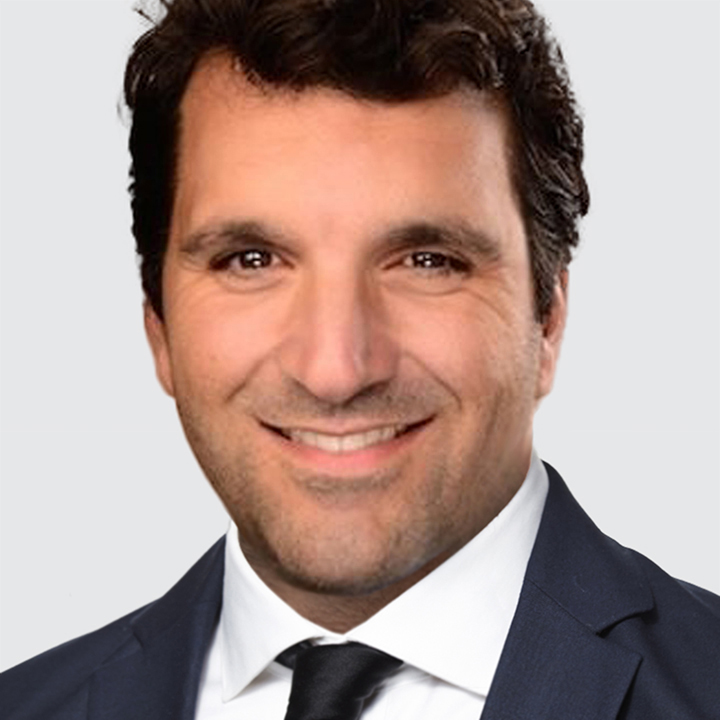US
USD remains under downside pressure largely against the cyclical-sensitive currencies while global equity markets are powering forward. Diminishing trade policy uncertainty is supporting risk assets. Yesterday, the US struck a trade pact with Japan and the Philippines. Moreover, US Treasury Secretary Scott Bessent will meet his Chinese counterparts in Stockholm next week for their third round of talks aimed at extending a tariff truce which is set to expire on August 12.
Nevertheless, several countries (notably the Eurozone) face steeper tariff rates starting August 1 – a date Bessent described as a “pretty hard deadline” for concluding negotiations with the US. The implication is the US average effective tariff rate is set to climb even further. As of July 14, the rate is estimated at 20.6%, the highest since 1910, up from about 8% in May and 2.4% in January. Higher US levies pose a downside risk to US growth and upside risk to inflation, and an ongoing drag for USD.
JAPAN
US and Japan reached a trade agreement. Under the deal, Japanese goods will face a 15% tariff, up from 10% but down from a threatened 25%. The levy on Japanese auto exports to the US will be reduced to 15% from 25%.
The trade deal reduces downside risk to Japan’s economy and markets reacted accordingly. JPY had a kneejerk upswing, the Nikkei surged and JGB yields rallied across the curve. 40-year JGB yields led the rise after a disappointing auction. The 40-year bond sale's average bid-to-cover ratio was 2.13, the lowest since 2011.
Bank of Japan (BOJ) Deputy Governor Shinichi Uchida stuck to the bank’s tightening bias. Uchida noted that “if the outlook for economic activity and prices is realized, the Bank…will continue to raise the policy interest rate and adjust the degree of monetary accommodation.” Uchida later added in response to the US-Japan trade agreement, “This is a major step forward. It will lead to reduced uncertainty.”
Indeed, Japan’s swaps market raised odds of a 25bps hike to 0.75% by December to 80% from 64%. In the next two years, markets imply just 50bps of rate increases. In our view, the BOJ’s cautious normalization cycle limits JPY upside.
Japanese Prime Minister (PM) Shigeru Ishiba was forced to deny media reports that he was set to announce his intention to resign. Regardless, with an approval rating for his administration historically low just above 20% and after a crushing Upper House defeat, the PM’s position has become untenable. If the PM resigns, a leadership contest will follow within the ruling party. Unless of a major change to Japan’s fiscal trajectory, political uncertainty is unlikely to have significant financial market implications.
SOUTH AFRICA
South Africa’s June CPI print suggests the bar is low for SARB to deliver a follow-up 25bps cut to 7.00% next week. Headline CPI rose less than expected to 3.0% y/y (consensus: 3.1%) vs. 2.8% in May. Inflation has been near or below the floor of the central bank’s 3-6% target range since October 2024. Meanwhile, core CPI unexpectedly dropped 0.1pts to 2.9% y/y (consensus: 3.0%), the lowest level since April 2021.
Of note, a review of South Africa’s inflation target by the National Treasury and the central bank is close to completion. If approved, the new inflation target will move down to 3% from the current 3-6% band (4.5% mid-point). Under a 3% objective, the SARB’s model shows the policy rate falling to 7.00% by end-2025 rather than staying at 7.25% in the baseline forecast. The swaps market is more aggressive and price-in nearly 50bps of cuts in the next twelve months and the policy rate to bottom around 6.75%.

